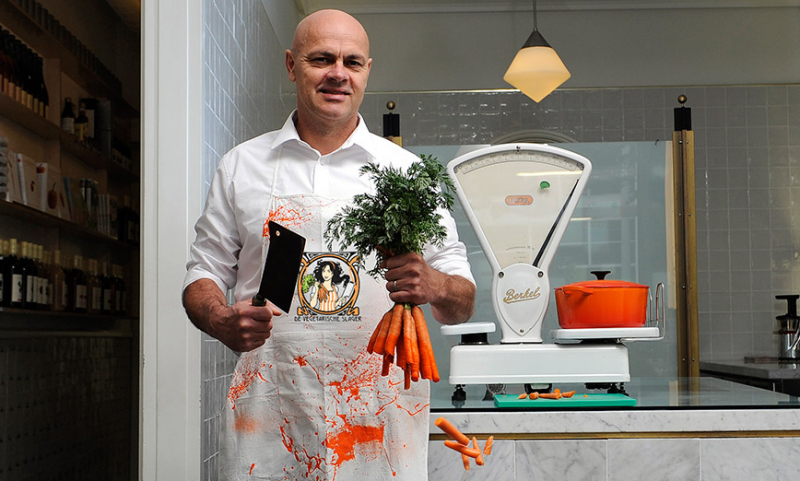The recipe for a succesful team in a dynamic context.

Context.
The Vegetarian Butcher was founded in 2010 by Jaap Korteweg, a ninth-generation farmer who became a vegetarian after the swine fever outbreak in 1997. Missing the taste and texture of meat, he set out to develop a plant-based alternative that would be indistinguishable from the real thing. Together with scientists and chefs, he created meat substitutes that gained global recognition. In 2018, the company was acquired by Unilever, significantly expanding its reach and impact.
In this dynamic environment, the team at The Vegetarian Butcher faced the challenge of accelerating product innovation, streamlining workflows, and improving business performance—all at once. To achieve these goals, an Agile transformation was launched, focusing on flexibility, collaboration, and continuous improvement.
Insight.
The existing ways of working were limiting the team’s speed and effectiveness. The transformation focused on increasing consumer value, improving internal processes, and making better use of the talent within the organization.
The Agile way of working provided a structured approach to achieve these goals.
Activation.
Ruud guided the team through the transition to Agile ways of working. His pragmatic approach ensured that theory was immediately translated into practice, allowing the team to make an impact quickly.
The transformation began by aligning on a clear purpose. Once that was established, priorities were set during a team session. The team was eager to get started, so the Scrum framework was chosen as the foundation. Flexibility remained key—the approach could be adapted as needed.
The team worked in short, two-week iterations, each focused on achieving predefined goals. Large objectives were broken down into smaller, manageable tasks to maintain clarity. Each cycle began with a planning session led by the Product Owner, where the team agreed on deliverables and documented them on a digital task board. This created transparency around progress. Team members could see when something was off track and stepped in to help, ensuring the work was completed together.
Daily stand-ups were introduced to briefly discuss progress: completed tasks, plans for the day, and any blockers. These check-ins helped the team stay focused and prioritize effectively. At the end of each iteration, a Review session was held to assess which goals had been met. Stakeholders joined these sessions to provide valuable feedback, helping the team adjust their work to better meet end-user needs.
The cycle concluded with a Retrospective, where the team reflected on how to improve collaboration—from team dynamics to processes and systems. This continuous learning and improvement was essential to the team’s growth. The regular rhythm of planning, tracking progress, and collaborating made the framework simple, powerful, and effective.
All sessions were initially facilitated by a coach. As the team became more confident and familiar with the Agile mindset and methods, the coach gradually stepped back.
In addition to coaching the team, Ruud also supported the manager. Together, they worked on leadership skills and strategies to bring out the best in the team. This approach fostered a work environment where both performance and collaboration continuously improved.
Impact.
The new way of working led to greater focus, improved collaboration, and more efficient execution of strategic goals. Innovation accelerated, team members gained more autonomy and clarity around their responsibilities. This resulted in higher productivity and a more positive team atmosphere.
In 2020, revenue grew by 33%, and time-to-market was reduced by 30%, allowing product innovations to reach the market faster. This transformation made The Vegetarian Butcher’s team more agile and innovative in a rapidly changing market.
Alexandra Knoef, Brand Manager at The Vegetarian Butcher reflects: “Ruud helped me elevate my leadership skills during our coaching sessions. He introduced techniques that enabled me to bring out the best in my team by leveraging their strengths and inspiring them to achieve our goals.”
